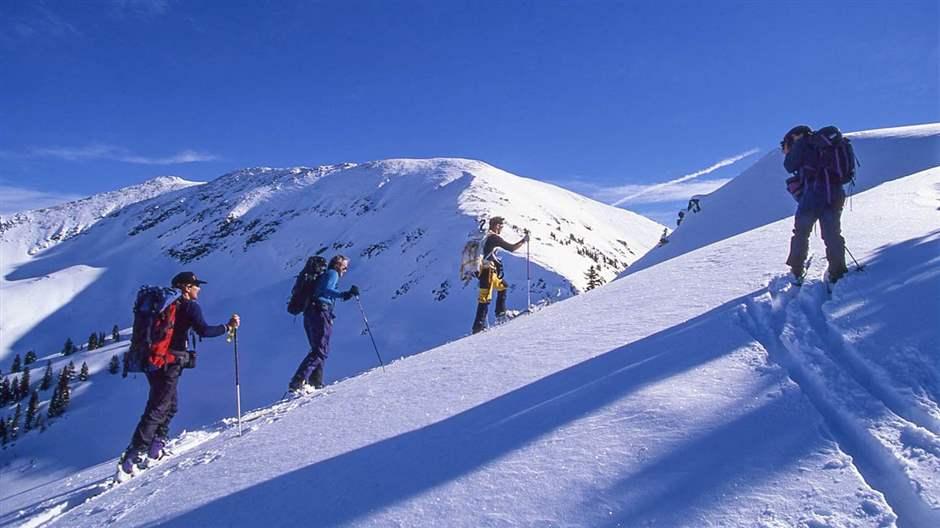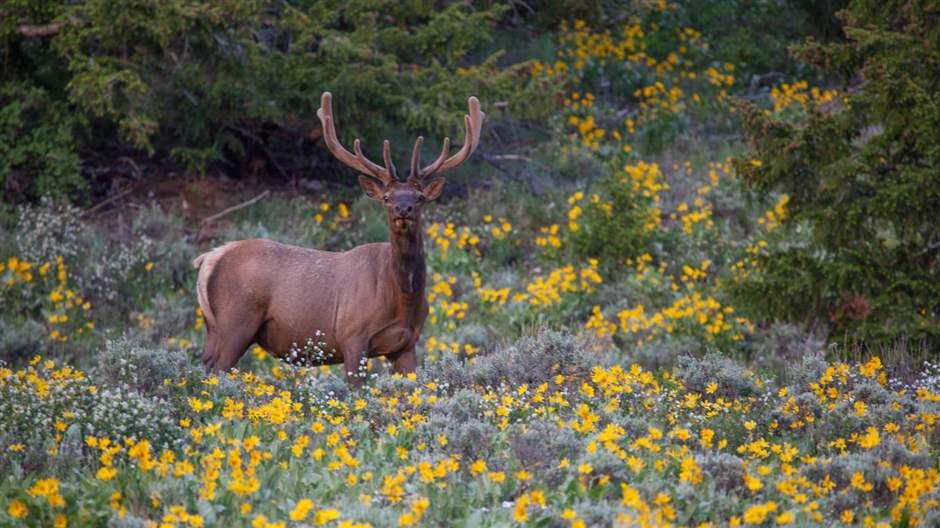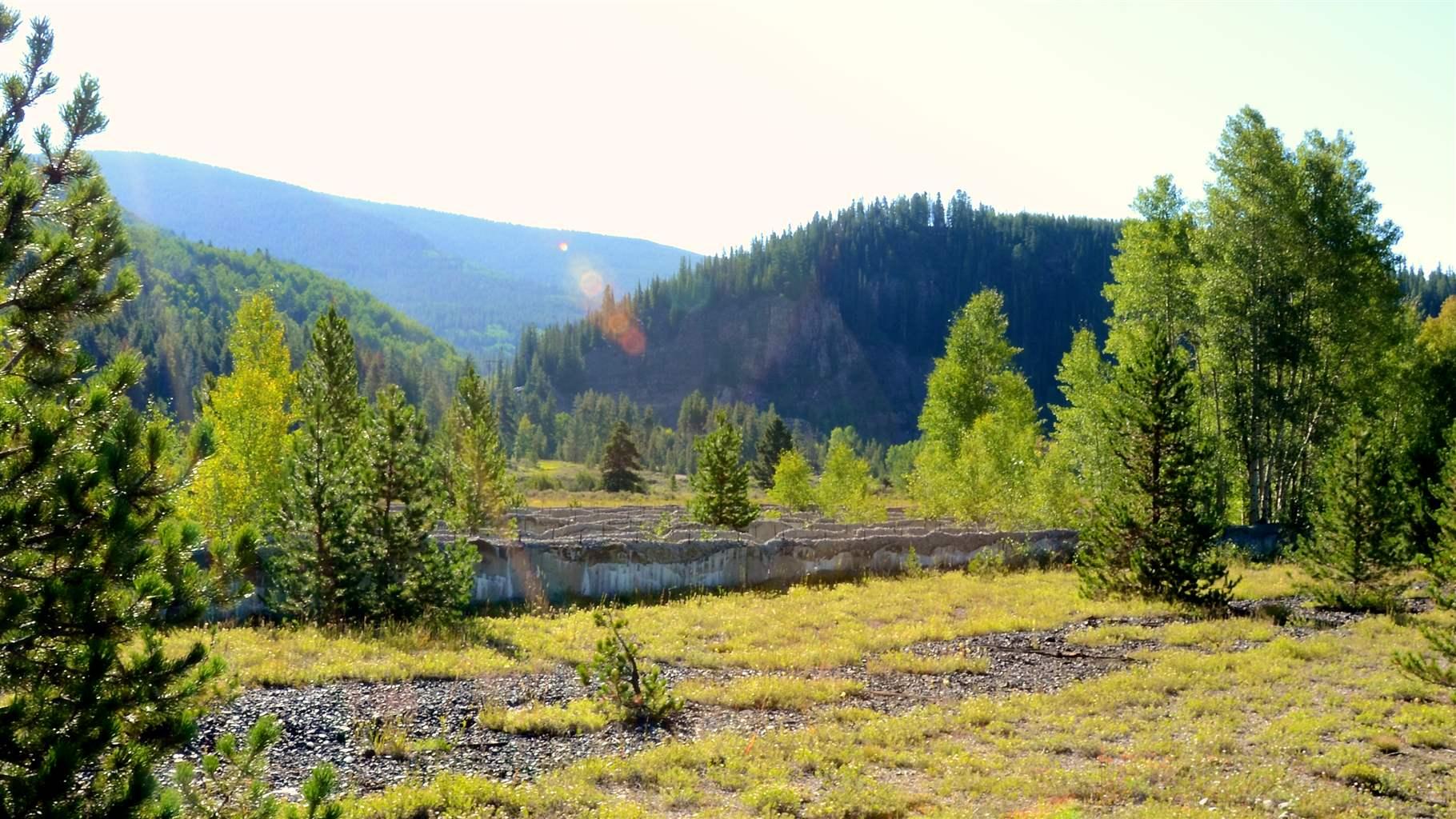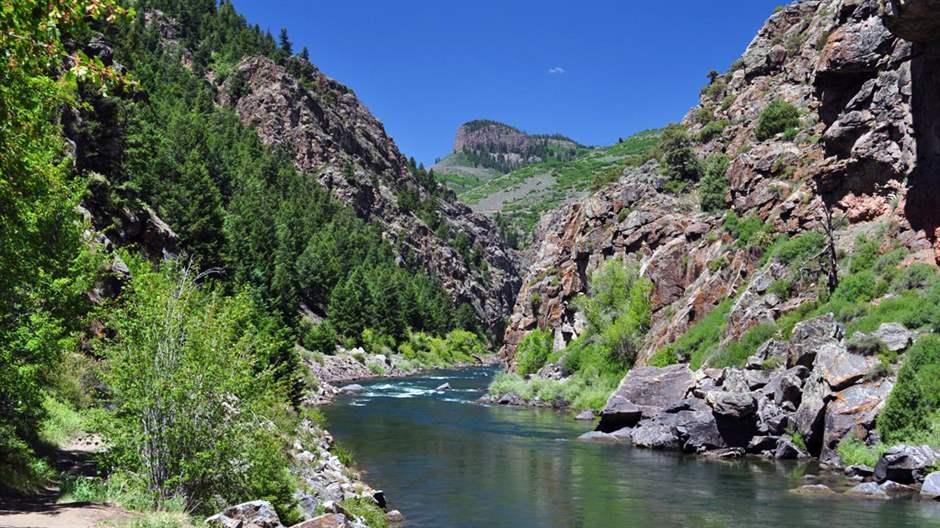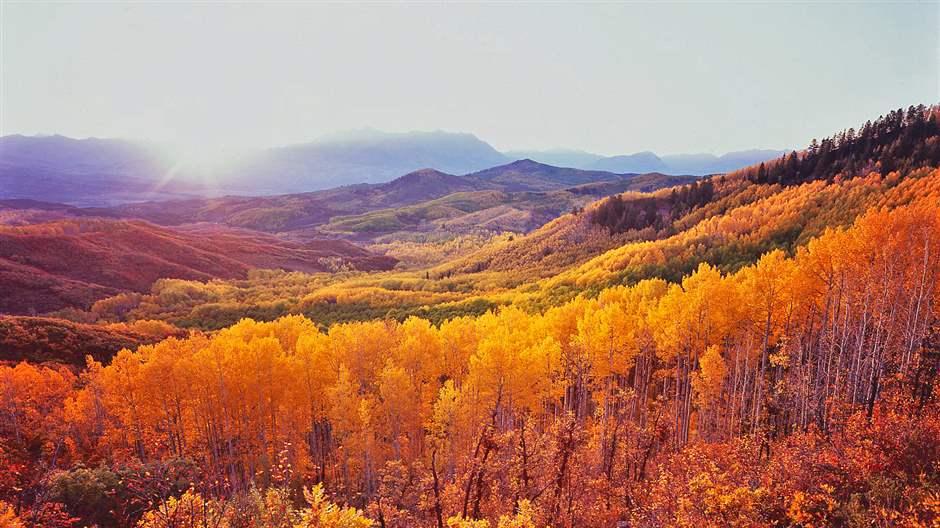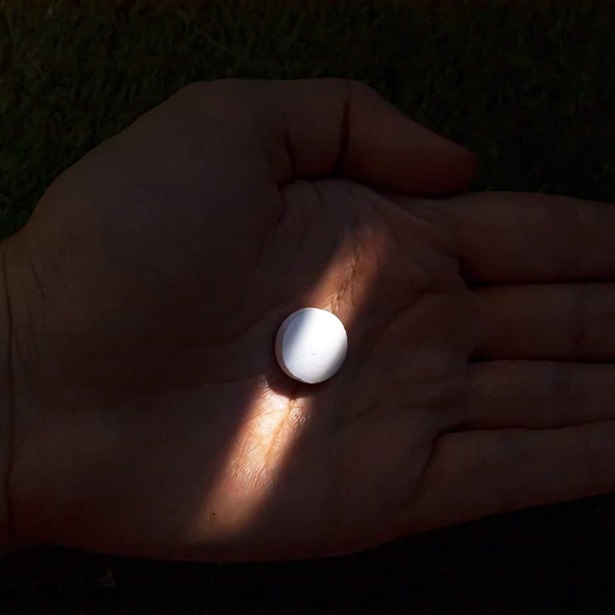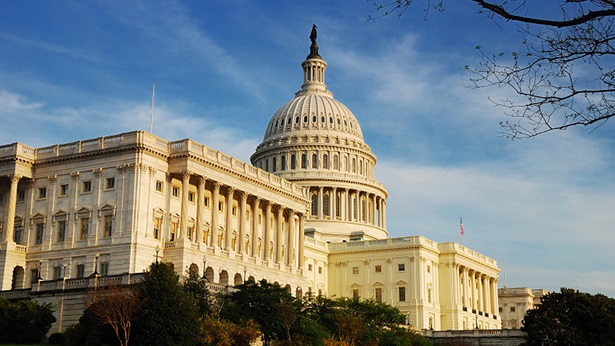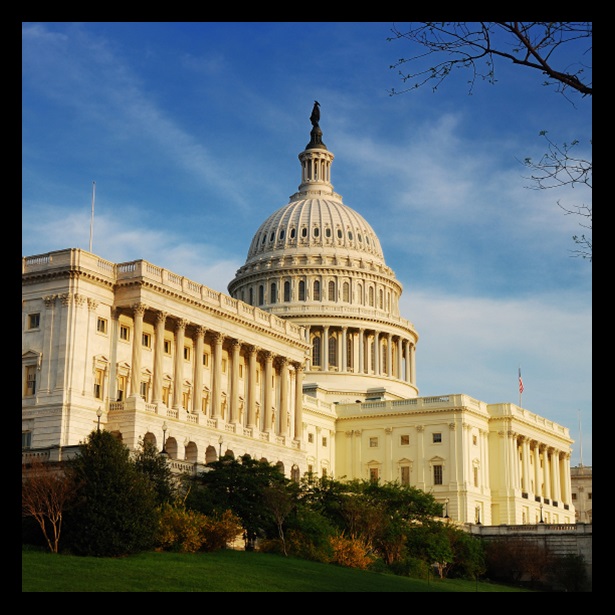Public Lands Bill Would Protect Colorado Heritage, Wilderness, Outdoor Economy
Measure introduced in Congress would create first national historic landscape
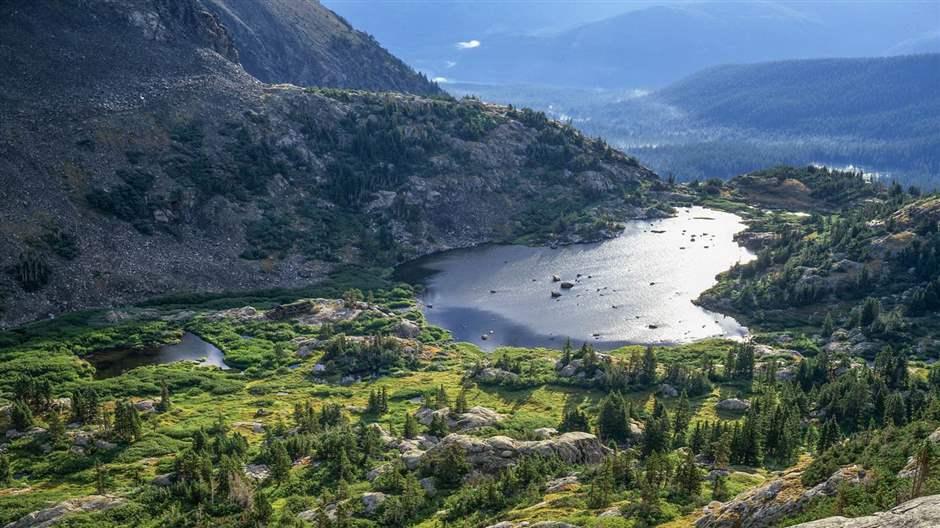
Editor’s note: On April 2, 2019, the House Natural Resources Subcommittee on National Parks, Forests, and Public Lands held a hearing on this legislation.
Colorado is home to some of the most scenic and varied landscapes in the West, from soaring peaks, evergreen forests, and powerful rivers to high desert, mountain lakes, and wildflower-filled meadows. Soon more of that land—including the site of a World War II training camp—could gain protection under legislation introduced Jan. 28 in the U.S. Senate and House of Representatives by Senator Michael Bennet and Representative Joe Neguse, both Colorado Democrats.
The Colorado Outdoor Recreation and Economy (CORE) Act, which combines several conservation proposals that local advocates have championed for years, would safeguard roughly 400,000 acres as public land and create the first national historic landscape—at Camp Hale, where World War II soldiers trained for winter combat.
Protect wilderness for future generations
The CORE Act would designate 73,000 acres of wilderness from the San Juan Mountains in southwestern Colorado to the White River National Forest in the central mountains. Wilderness designation, the highest level of protection afforded public lands, provides sanctuaries for hikers, backpackers, hunters, anglers, horseback riders, skiers and others seeking primitive recreation in the backcountry. Protecting some of the wildest areas in Colorado will also safeguard the sources of clean water for numerous surrounding communities.
A win for wildlife—and outdoor recreation
The legislation would protect 80,000 acres as new recreation and conservation management areas, which allow mountain biking and other activities. Additionally, the bill designates 11,668 acres as wildlife conservation areas, which would protect critical wildlife habitat.
Honor World War II veterans
The legislation would create a Camp Hale National Historic Landscape, preserving over 28,000 acres in and around the remnants of the Army facility, which is in the mountains between Vail and Leadville. The camp was home to the 10th Mountain Division, which used the severe terrain of the Rockies to train thousands of soldiers in the 1940s.
After the war, some of those soldiers returned to Colorado to help found its ski industry, developing resorts in Vail, Aspen, and other areas. Veterans of the division include Paul Petzoldt and Brent Tapley, founders of the National Outdoor Leadership School; John Jay, an early ski film creator; and several Winter Olympians. The proposed national historic landscape would honor the history and legacy of Camp Hale and those who trained there, and safeguard classic Rocky Mountain terrain for outdoor recreational opportunities such as backcountry skiing and snowmobiling.
Enhance a national park unit
The CORE Act would formally establish the 43,000-acre Curecanti National Recreation Area as a unit of the National Park System. The area, which is west of Gunnison and includes the expansive Blue Mesa Reservoir, was established in 1965 but the area has never been designated by Congress. The bill would do that, strengthening protection of natural and cultural resources in Curecanti, including canyons, cliffs, and pinnacles, and expanding fishing access.
Protect wild areas from mineral development
With many of Colorado’s public lands facing an increasing threat of natural resource extraction and other development, the act would safeguard approximately 200,000 acres in the Thompson Divide area of the White River National Forest and 6,500 acres in Naturita Canyon in southwestern Colorado from mineral development. Both areas, like so much of this state, attract people who come to hunt, fish, paddle, mountain bike, horseback ride, and more.
The Pew Charitable Trusts thanks Sen. Bennet and Rep. Neguse for introducing the CORE Act and for working closely with a wide range of community groups in drafting the bill. This legislation enjoys bipartisan support at the local level, and we urge Senator Cory Gardner and Representative Scott Tipton, both Colorado Republicans, to co-sponsor it to show their support for—and pride in—Colorado’s remarkable natural and cultural heritage and vibrant outdoor economy.
John Gilroy directs The Pew Charitable Trusts’ U.S. public lands program.